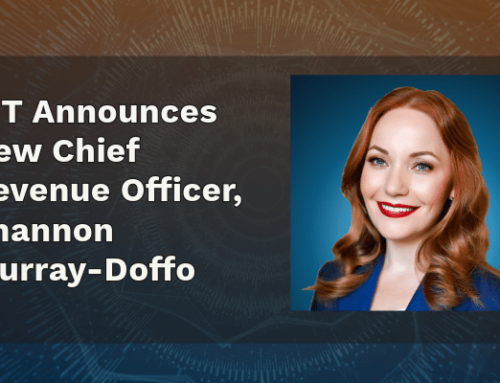You know the importance of good password hygiene, but when it comes to safeguarding your critical assets from ever-evolving cyber attacks, you don’t want to rely solely on the strength of your login credentials. That’s where privileged access management (PAM) comes in.
What is privileged access management (PAM)?
First, what is privileged access? In the IT world, privileged access refers to accounts that have more capabilities than the average user. This often means they can, for example, install or uninstall software; add, edit, or delete users; edit passwords and make other administrative changes.
These accounts are a lucrative target for cyber criminals looking to gain access to highly confidential information, and more and more organizations are relying on PAM to help defend themselves against costly cyber attacks and data breaches.
PAM is the full suite of tools and technologies that help organizations secure, manage, and monitor access to their most critical assets, with key features including a centralized access management portal, privileged session monitoring, an encrypted password vault, and more.
Most businesses that leverage PAM solutions also operate using the principles of zero trust and least privilege. When combining all three strategies, every access attempt must go through a single point, is assumed as hostile, and, if authorized, only grants the user the lowest level of access they need to do their job.
PAM, PIM, and IAM: What’s the Difference?
Searching for access management solutions can leave you with a pile of acronyms to sort through, and people often wind up mistaking privileged access management (PAM), privileged identity management (PIM), and identity access management (IAM). Here’s how each one matters to your organization.
Identity access management refers to the overall framework and policies that govern access patterns of all users within an organization.
Privileged access management are the processes and technologies used to control and monitor privileged user, application, network, and system access.
Privileged identity management is a PAM subset and involves defining and tracking the resources that privileged users are able to access.
Why You Need PAM to Protect Against Cyberattacks
With PIM alone, you may know who your privileged identities are and which resources they can access, but if their credentials fell into the wrong hands, understanding how they’re being used would be nearly impossible. That’s where PAM comes in. From login tracking to report generation, a robust PAM system’s full range of capabilities helps you more effectively secure your mission-critical infrastructure.
HEIGHTENED VISIBILITY
As employees change job roles or leave the company, privileged credentials can end up being over-distributed, shared, or left unused. PAM gives organizations complete visibility into their access levels, helping them ensure credentials are only used on a strictly as-needed basis.
REAL-TIME MONITORING
PAM lets you monitor in real time who is accessing your networks, servers, and applications, when they’re accessing them, how long they’re accessing them, and whether they are authorized to do so. Many modern AI-based PAM tools also trigger automatic alerts when there is unusual activity.
PASSWORD MANAGEMENT
No matter the intent, if privileged insiders share or misuse passwords, they put your critical assets at risk. PAM tools easily combat this problem by encrypting and storing your organization’s passwords in a secure vault.
ENHANCED COMPLIANCE
For businesses in highly-regulated industries, like healthcare or finance, implementing PAM can help prove compliance. PAM involves monitoring and logging all critical assets, which can lower your risk when it comes time for an audit.
ATTACK PREVENTION
Privileged accounts are a gateway to your business’s most sensitive data and a popular target for disgruntled employees or external bad actors. By isolating credentials and tracking login activity, PAM minimizes the chances your data is misused. Plus, most PAM systems use a single point of entry for all access, significantly lowering your business’s attack surface area.
Start Securing Your Sensitive Data
Privileged access management is key to a comprehensive cybersecurity program, and you don’t have to handle it alone. Contact us to learn how we help keep your critical infrastructure secure with our right-sized solutions and services.




